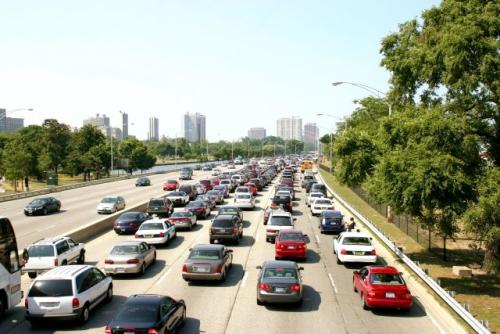
Millions of Californians live, work, and attend school near major roadways and other transportation hubs. Despite California’s progress in reducing air pollution over the last few decades, concern about health effects of near-roadway air pollution remain. There are further concerns of disproportionate health impacts among specific populations due to racial, ethnic, and income disparities in air pollution exposure and related adverse health outcomes. In California, people of color are more likely to live in census tracts with high traffic corridors and have a higher prevalence of adverse health conditions from traffic-related air pollution and near-roadway air pollution.
CalSPEC produced a report in response to an inquiry from the California Senate Committee on Environmental Quality and Assembly Committee on Natural Resources for information about the impact of near-roadway air pollution (NRAP) on indoor air quality, its likely adverse health effects, and strategies for reducing NRAP effects among people who live, work, or go to school near California’s major roadways. This report seeks to inform discussions at the California state level, but may also help other jurisdictions in and outside of California.
The CalSPEC report summarizes evidence on the following sub-topics:
- Composition and Prevalence of Near-Roadway Indoor Air Pollutants
- Health Effects of Near-Roadway Air Pollutants
- Mitigations Strategies to Reduce Near-Roadway Indoor Air Pollution
